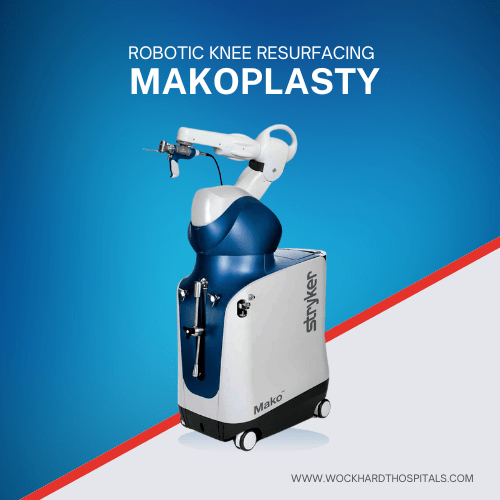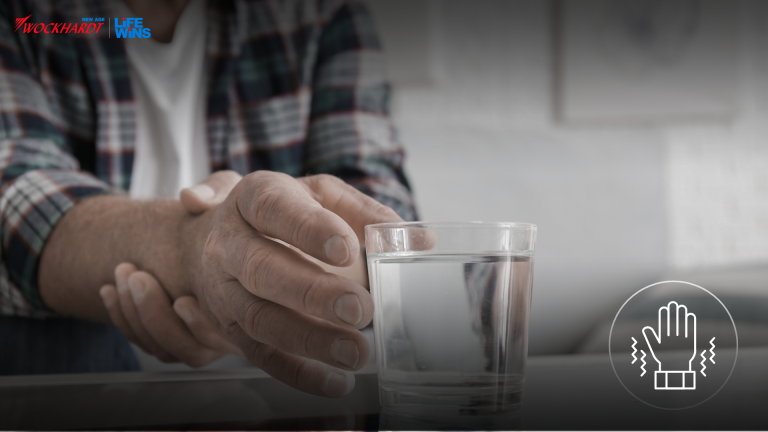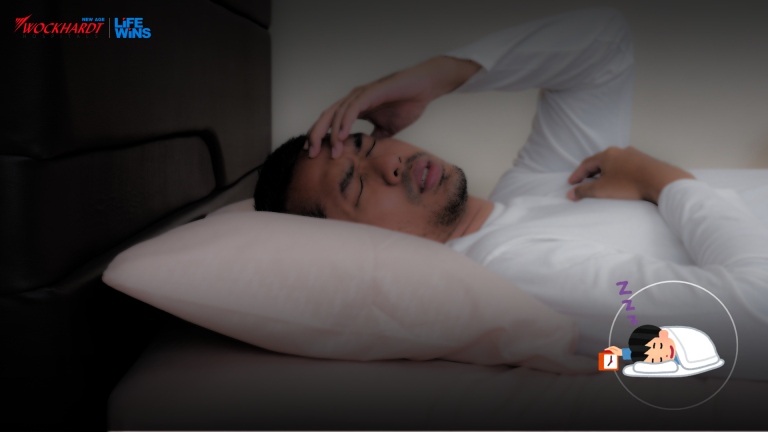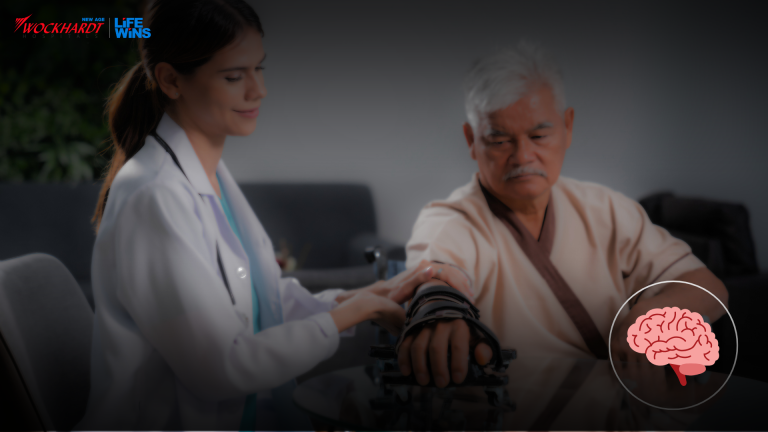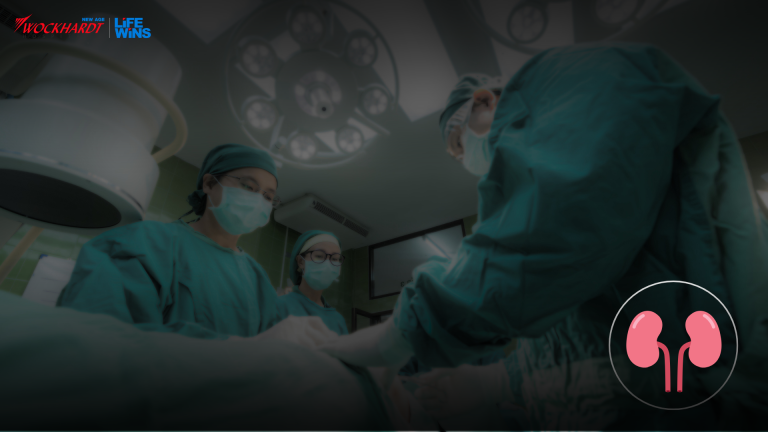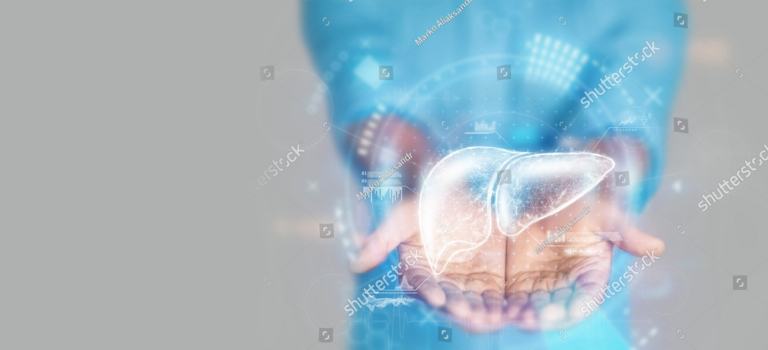Mumbai sees six dengue cases after first spell of monsoon
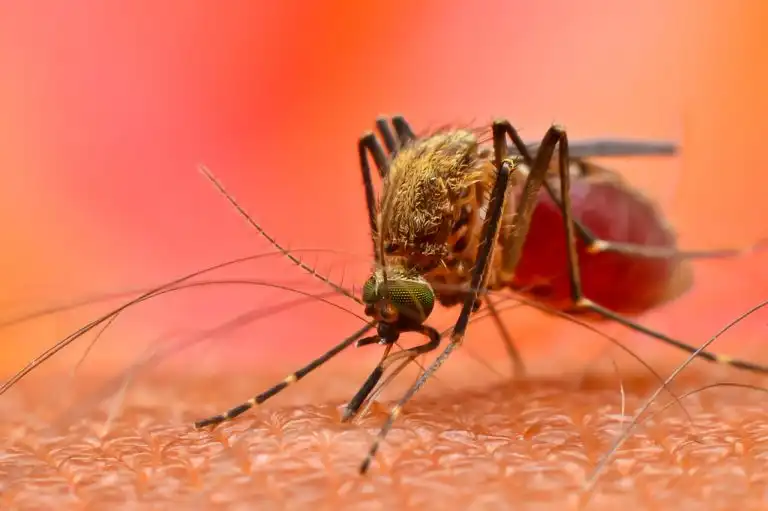
Mumbai sees six dengue cases after first spell of monsoon The first spells of monsoon in the city have accompanied the deadly dengue fever. Six cases of dengue were confirmed in the city. While three patients were admitted in the Wockhardt Hospitals at Mumbai last week, three more visited the out patient department (OPD) ward of the hospital and were diagnosed with dengue. All three who were admitted to the hospital have been released. According to the doctors, all six cases of dengue hit people belonging to the age group of 25-50. Speaking about the cases, Dr Behram Pardiwala, a medicine specialist in the Hospital, said, “We received three dengue patients last week who were admitted in the hospital and were discharged after three days of treatment. We also got 3 patients who were detected as positive dengue cases in the OPD ward but are being treated at home.” Dengue is a viral infection caused by the bite of an Aedes Aegypti mosquito, which is already infected with the virus. The primary symptoms of dengue appear three to 15 days after the mosquito bite which includes — high fever, severe headache, severe pain behind the eyes that is apparent when trying to move the eyes, joint pain, and rashes. After the city experienced rain, the water collected in the potholes have become the breeding ground for mosquitoes, leading to the fear of another dengue outbreak. “We can come across more such cases if we are surrounded with stagnant water. Cases like typhoid and leptospirosis can also be a concern,” added Dr Pardiwala. Speaking about a number of dengue cases this year, Dr Padmaja Keskar, BMC’s executive health officer, said, “We haven’t yet received data related to detection of dengue cases in the city” Source :http://www.dnaindia.com/mumbai/report-mumbai-sees-six-dengue-cases-after-first-spell-of-monsoon-2625111
Expert says potholes lead to physical and mental stress in people during monsoons
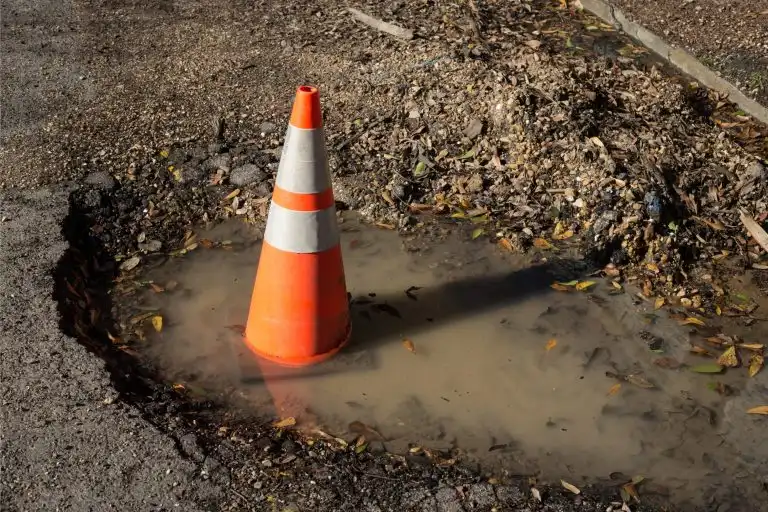
Expert says potholes lead to physical and mental stress in people during monsoons Dr Behram Pardiwala, Internal medicine expert, from the Wockhardt hospitals in Mumbai Central talks about this problem. Monsoon is the time when you become prone to many upsetting diseases. If you aren’t careful enough then you might have to suffer for long. This is the time when the germs and infections will attack you more and you tend to feel sick in the gut. Add to it the problems of potholes that most city dwellers have to put up with during their long commutes lead to mental and physical problems. This is how you can save yourself from common monsoon diseases. Monsoons make everyone weary and cautious too. This is the time when the parents stay aware and do things in order to prevent the wards from suffering from the various illnesses. Still, you tend to suffer from some of the common ailments in monsoons. The list includes dengue, flu, cold, water infection, food infection, Leptospirosis and cholera. Wockhardt Hospitals Mumbai Central have already seen 6 cases of dengue after the first spell of monsoon in South Mumbai. Dr Behram Pardiwala, Internal medicine expert, from Wockhardt hospitals Mumbai Central says, ‘Senior citizens and middle-aged people are the ones who complain most of the back problems like stiffness, degeneration, etc due to pothole-ridden roads. Generally, July and August are the months when I notice a rise in back pain-related complaints. Often, if the pain is bearable, people take some painkillers at home and do not come to us. But when they don’t, the condition turns to be acute which calls for a proper treatment. ‘Well, the problem with potholes on our roads is that they cause significant jarring of the back when cars or bikes or auto rickshaws go through them. With a large number of the population using autos for transport, we are seeing an increase in the number of patients who come in with back and neck problems. People in Mumbai suffering from back pain has increased in the last five years; potholes are a leading cause for this,’ he adds. Here are tips to fight the most common monsoon illnesses. Potholes and haphazardly placed speed breakers of all shapes and sizes on city streets have become a health hazard for two-wheeler riders. From cuts and bruises, wounds and a visit to the emergency room to serious and chronic back and neck-related complications, potholes have become an imminent threat for those on the road. ‘Rain ends up creating a lot of potholes, especially in interior parts of the city. Every third patient I see is a victim of the deadly potholes of the city. Besides the external cuts and injuries, bumps and jerks when riding over potholes can cause serious back and neck pain, especially among the elderly who may develop compression fractures in the spine. Drivers should exercise caution when riding on slippery roads or potholed stretches,’ says Dr Pardiwala Roads which are under construction are typically broken in many places. Bumpy and broken stretches should not be allowed for public use. Sudden jerks over bumps can cause backaches, slip-disc and even knee related pains. Source :http://www.thehealthsite.com/news/expert-says-potholes-lead-to-physical-and-mental-stress-in-people-during-monsoons-d0618/
Leptospirosis claims three lives in Mumbai

Read what Dr Behram Pardiwalla, Internal Medicine Expert, Wockhardt Hospitals, Mumbai Central has to say on Leptospirosis “Leptospirosis is the infection caused by the bacterium Leptospira. It is usually spread through urine and feces of rats and dogs and it is especially rats when it is flooded. When rats pass stool or urine in water and if a person happens to go through that water and has some open wounds in the leg the chances of getting leptospirosis are very high. In villages, it happens to farmers since there are lot of rats in the field and when the farmers go to plow that is where they get infected. In Mumbai the chances of the disease is only when it is monsoon or when it is flooded,” says Dr Behram Pardiwalla, Internal Medicine Expert, Wockhardt Hospitals, Mumbai Central. The disease has an incubation period that ranged from four to 21 days. It affects both humans and animals. Source :http://www.freepressjournal.in/health/leptospirosis-claims-two-lives-in-mumbai-heres-all-you-need-to-know-about-the-bacterial-disease/1307036
Wockhardt hospitals starts haematology, haemato oncology, BMT facility in north Mumbai suburb
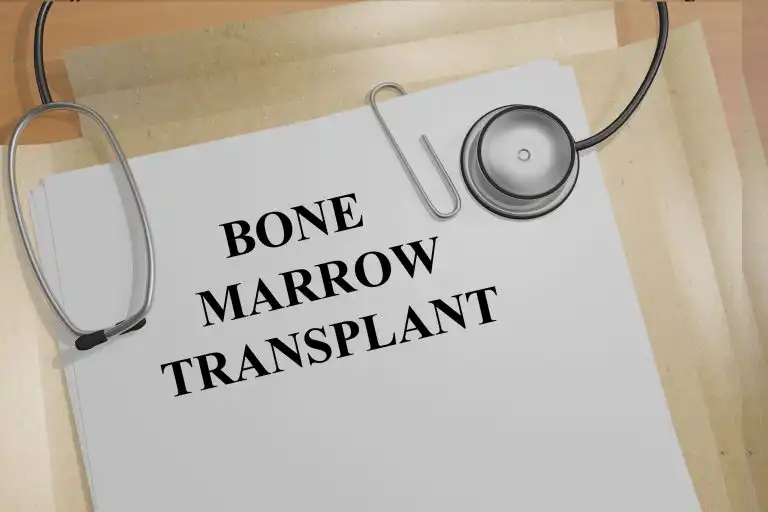
Wockhardt hospitals starts haematology, haemato oncology, BMT facility in north Mumbai suburb Wockhardt Hospitals, Mira Road started first of its kind advance haematology department in north Mumbai suburb Mira Road on the occasion of blood donors day. Dr. Dipanjan Haldar who heads the department has had an affluent career in haematology and clinical research and has published many articles in both national and international publications. After completion of his DM in clinical haematology, he has received bone marrow transplant (BMT) experience in the best institutes of USA and Canada. He is supported by well-trained haemato-oncology nurses, medical officers and other paramedical staff in Wockhardt Hospitals. “BMT is a lifesaving treatment for many of the haematological disorders and solid tumors in our dedicated Haematology ward in Wockhardt Hospitals, Mira Road”, said Dr. Dipanjan Haldar, consultant haematology, haemato oncology & BMT. Haematology deals with the diseases of the blood, bone marrow and the lymph nodes. It includes cancers like leukaemia, a type of blood cancer; lymphoma, cancer affecting the lymph glands and myeloma, cancer of the immune cells. Non cancer diseases of the blood include bone marrow failure (Aplastic anaemia), anaemia due to inherited disorders like thalassaemia, sickle cell anaemia and bleeding disorders like haemophilia and immune thrombocytopenic purpura. On this occasion Ravi Hirwani, centre head, Wockhardt Hospitals, Mira road, said, “This is first advance haematology department which is going to benefit patients from Andheri in Mumbai, Maharashtra to Surat in Gujarat. Considering current scenario of Mumbai traffic, travelling to Mumbai with patient leads to waste of time and money. Wockhardt hospitals is equipped with special facilities related to bone marrow transplant (BMT). We have separate ward dedicated to patients with neutropenia. neutropenic patients are prone to develop opportunistic infections like candidiasis, fungal pneumonia, pneumocystis carinii pneumonia, cytomegaloviral infection, etc. Hence these patients are kept in a separate ward with minimal traffic of relatives.” Wockhardt Hospitals in Mira Road is a 14 storied and 350 bed multi-speciality tertiary care hospital. It offers hi-end clinical care in cardiology, neurology, neurosurgery, orthopaedics and joint replacement surgery. Other key specialties include minimal access surgery, internal medicine, nephrology, urology, critical care, cosmetology, obstetrics and gynaecology, medical and surgical oncology along with emergency and trauma services. Source :http://www.pharmabiz.com/ArticleDetails.aspx?aid=109465&sid=2
Nine-months-old boy youngest to undergo successful liver transplant
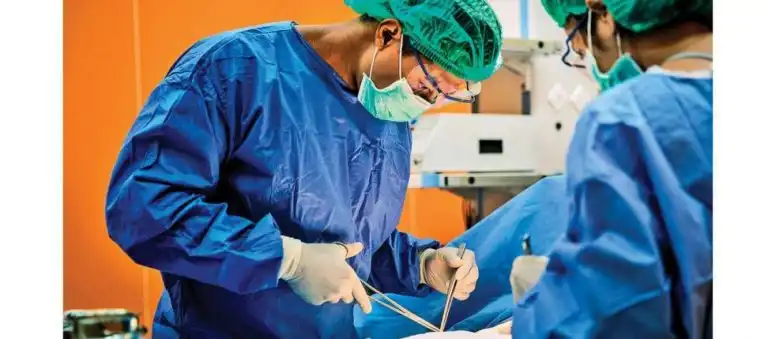
Kavya Raut becomes the youngest baby to undergo a successful liver transplant surgery in western India. His mother donated a part of the liver to him. The doctors performed ‘Living Donor Liver Transplant’ surgery on him Doctors at Wockhardt Hospital in Mumbai Central, performed a living donor liver transplant surgery on a nine-months-old baby boy named Kavya Raut. Kavya weighs 5.6 kg and hails from Gholwad village in Palghar District. He has become the youngest baby who underwent a liver transplant surgery in western India. A team of doctors, led by Dr Anurag Shrimal, Consultant Abdominal Organ Transplantation, an HPB surgeon, performed the surgery. Kavya’s mother donated a part of the liver to him. He underwent a 14-hour surgery on June 14. Now, Kavya has recovered and is ready to get discharged. Kavya’s trouble began with birth, as he was born with a disease called Biliary Artesia. In this disease, the patient’s bile ducts that carry bile from the liver to the intestine, are narrow, blocked, or absent. At the age of two months, he underwent a major surgery (Porto-enterostomy) at a hospital in Mumbai. The surgery failed, and he ended up with permanent damage of liver – cirrhosis of liver. He stopped growing, his weight got stagnant at 5-6 kg, developed jaundice, and fluid in his belly. Also, he had a couple of life-threatening infections. By the time his parents, Vivek and Nisha, who are daily wagers in their early 30’s, got him to Wockhardt, the family exhausted all their financial resources. Dr Lalit Verma, a Consultant Paediatric Hepatologist at Wockhardt Hospital in Mumbai, said, “We started treating Kavya when he was just six months old. He had already developed cirrhosis of liver by then. With medial measures, we tried very hard to stabilise him and let him put on some weight. However, he landed up with infections and the only treatment left with us was a timely transplant.” Dr Anurag Shrimal, who led the doctor’s team, said, “Liver transplantation in children less than ten kgs is technically very challenging. In Kavya’s case, due to previous surgery, the entire small and large intestine was densely stuck to the liver. We had very carefully separated these adhesions ensuring that there is no damage to the intestines and with a minimal blood loss as this kid cannot tolerate even 300-400 ml of blood loss.” He added further, “We removed the entire diseased liver. We harvested a small portion of the mother’s liver, weighing 260 grams. Even that was too big for Kavya. We further reduced the harvested liver using special techniques to 210 grams. We then implanted this part of the liver in Kavya’s body by joining tiny blood vessels (3-5 mm in diameter). On reperfusion (restarting the blood flow), the liver started functioning immediately.” Kavya’s parents, Nisha and Vivek, busted in tears of joy and couldn’t express their happiness in words, as their child has got a new life. Vivek Raut, Kavya’s father, said, “Kavya proved that he is a strong boy, he tolerated the surgery and anaesthesia very well.” Source : http://www.mymedicalmantra.com/nine-months-old-boy-youngest-to-undergo-successful-liver-transplant/, http://www.dnaindia.com/mumbai/report-rare-liver-surgery-saves-nine-month-old-s-life-at-mumbai-s-wockhardt-hospital-2633698
Wockhardt organises programme to improve patient’s clinical outcomes
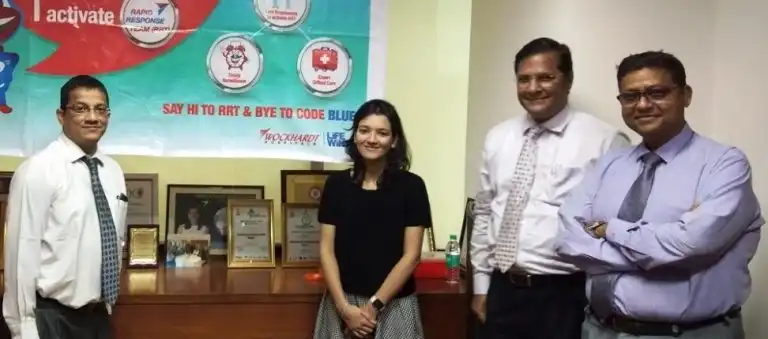
3 day program for staff members across Western India covering wide range of topics in modern science. Wockhardt hospital, a reputed chain of tertiary care super specialty hospitals in India reinforced its Rapid Response Team (RRT) in order to provide utmost Patient care to decrease mortality and increase survival rate. The three day program organized at all the Wockhardt facilities will have renowned doctors and staff members of Wockhardt Hospital delivering lectures and sharing experiences. A wide range of topics covering RRT will be discussed through clinical case simulations, quiz and collage competitions, theme plays at work stations and much more all focusing on the process of RRT that Wockhardt Hospital follows we follow at our hospitals. Commenting on the initiative, Zahabiya Khorakiwala, Managing Director, Wockhardt Hospitals, said, “RRT is evidence based clinical practise to decrease the mortality rate and provide utmost care and attention to the patient even if the slightest instability is seen. We at Wockhardt imbibe to practice evidence based clinical care for all our hospital patients.” The Rapid Response Team has several key roles. The team assists staff in assessing and stabilizing the patient’s condition and organizing information to be communicated to the physician. The Rapid Response Team member also takes on the role of educator and support to the staff at the time of the call. If the circumstances warrant, the team assists with the patient transfer to a higher level of care. Dr. Clive Fernandes, Group Clinical Director, Wockhardt Group Hospitals, said, “Rapid Response Team has shown to decrease the number of CODE BLUE’s and thus decrease mortality. We at Wockhardt Hospitals have been practising this concept since the last four to five years and have seen the improved clinical outcomes. This awareness program is just our methodology to reinforce what we have defined.” Headline & Link : https://www.biospectrumindia.com/news/77/11253/wockhardt-organises-programme-to-improve-patients-clinical-outcomes.html
Mumbai doctor removes 1.7kg gall bladder cyst, may have set world record
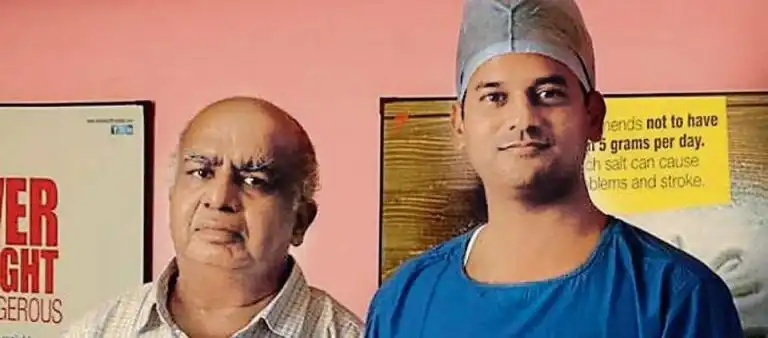
Largest gall bladder Cyst on the earth surgically removed. Rare case operated in Wockhardt Hospitals in Mira Road Dr Imran Shaikh, Surgical Gastroenterologist and Consultant liver transplantation surgeon from Wockhardt Hospital, Mira Road has likely set a world record by surgically removing world’s largest gall bladder cyst – measuring 36.57 cm and weighing 1.7 kg. The existing record is held by Dr. Jeevan Kankaria, who removed at 30-cm-long gall bladder cyst from Suman Rao’s stomach on August 10, 2016 at Jaipur. Big congratulations to Dr Imran Shaikh and clinical team members who proved “Life wins”. Source : https://www.hindustantimes.com/mumbai-news/mumbai-doctor-removes-1-7kg-gall-bladder-cyst-may-have-set-world-record/story-baFjAnVCV5X0yV8Oln49LL.html
Wockhardt sets up 13-bed dialysis unit in South Mumbai with 3 extra beds for hepatitis B/C, HIV positive patients
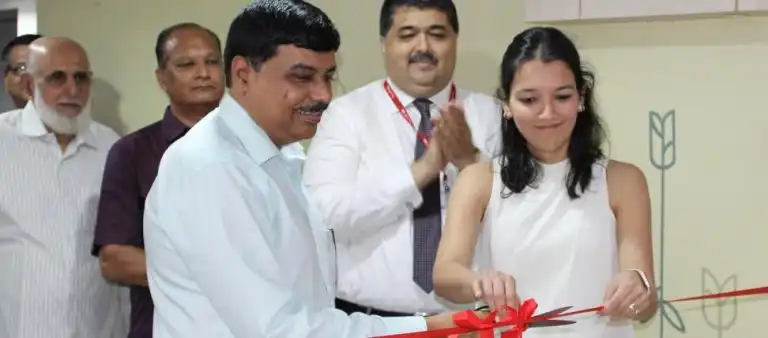
Wockhardt Hospitals, Mumbai Central dialysis unit was launched by Ms. Zahabiya khorakiwala, Managing Director of Wockhardt Hospitals and Dr M M Bahadur Director of Department of Nephrology and Kidney Transplant Physician . The new dialysis unit consisted of 13 beds covering 9 beds for negative patient, 3 extra beds for hepatitis B/C, HIV positive patients. There are complete different rooms for positive & negative patients keeping the possibility of cross infection part in mind. These new centre brings great ease to the patient. Dialysis is a procedure one has to go through in case of acute kidney failure to remove waste and unwanted water from the body. Doctors state that dialysis is a life-long treatment for end stage renal failure patients until they get kidney transplantation. This dialysis centre has dialysers washing areas that will be complete different for positive and negative patients to avoid chance of cross infection. Dialyser automatic washing machine is better than manual as it gives efficiency and it avoids possibility of cross infection and improves quality of dialysis. The main USP of the centre is KTV dialysis. Kt/V is a number used to quantify hemodialysis and peritoneal dialysis treatment adequacy. K – Dialyzer clearance of urea. t – Dialysis time. V – Volume of distribution of urea, approximately equal to patient’s total body water.In this dialysis patient can avail one of the marker of dialysis efficiency which is known as KT/V. It is one of the very few unit offering dialysis treatment for HIV positive patients and Hepatitis B patients Dr. M M Bahadur , Director of Department of nephrology & Kidney Transplant physician Wockhardt Hospitals Mumbai Central, said , “This move was the need of the hour as the number of renal failure patients is surging with each passing day. Dialysis patients have to take three to four sessions a week for the rest of their life which involves huge challenges. We witness patients coming from out of Mumbai for treatment as there are no facilities in their area but the new centers will bring great ease to the patients.” Ms. Zahabiya khorakiwala Managing Director of Wockhardt Hospitals says, “The KT/V dialysis unit at our hospital is well equipped with cutting edge technology and the best trained physicians & surgeons, to take care of the most complex treatment. Our new equipment will avoid chances of cross infection among patients.” Source : http://pharmabiz.com/NewsDetails.aspx?aid=110023&sid=2
Zahabiya Khorakiwala MD talk about the trailblazing progress of Wockhardt Hospitals
Enjoy Sweets without Stress or Guilt

It is but natural that during the festivities, everyone gets involved in bingeing and inevitably turns into weight gain. In this air of festive vibes, everyone gets involved in bingeing and later all this bingeing turns into weight, calories, and sugar worries — but u can enjoy the festival with no regrets this season. 1) Eat small portions , relish the taste, it will last longer and control your urge to take another piece. Along with this, try to avoid a second helping. 2)Try eating homemade laddoos made from jaggery and dry fruits as they control your calorie intake. Also, note that high sugar intake can put extra burden on your liver. 3)Increase your water intake: Stay hydrated with low caloric smoothies, juices, coconut water. Keep water infused with lime, mint, berries, cucumber and any other citrus fruit of your choice and sip throughout the day. 4)Exercise as much as you can, walk when you shop or visiting friends and family. This way you can burn some calories. You burn off 200 calories in just 30 minutes 5)Restrict the amount of sugar and salt intake A High salt intake may cause swelling, puffiness and water retention in body and in lower extremities. 6)Go preferably for spritzers or wine in case you think of alcohol. 7)After every heavy meal you can either have a glass of milk, buttermilk, cold coffee, fruit salad or try some low carb fat-free foods. 8) Detoxification after festivities can help invigorate and improve overall health and rejuvenated long term glow. Some suggestive tips for detoxification are:






